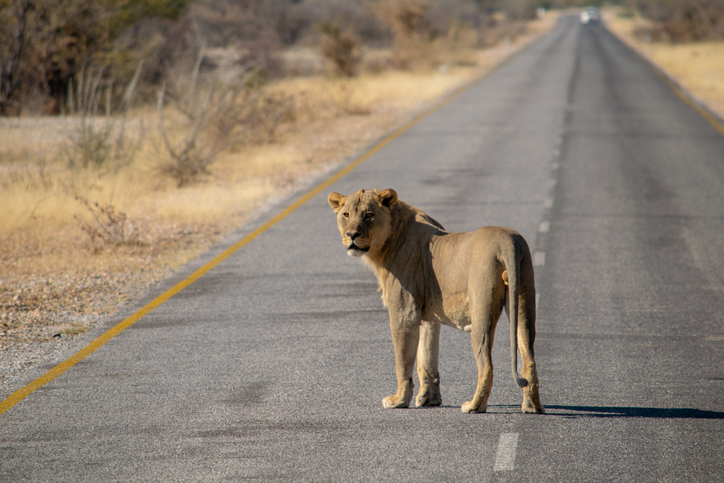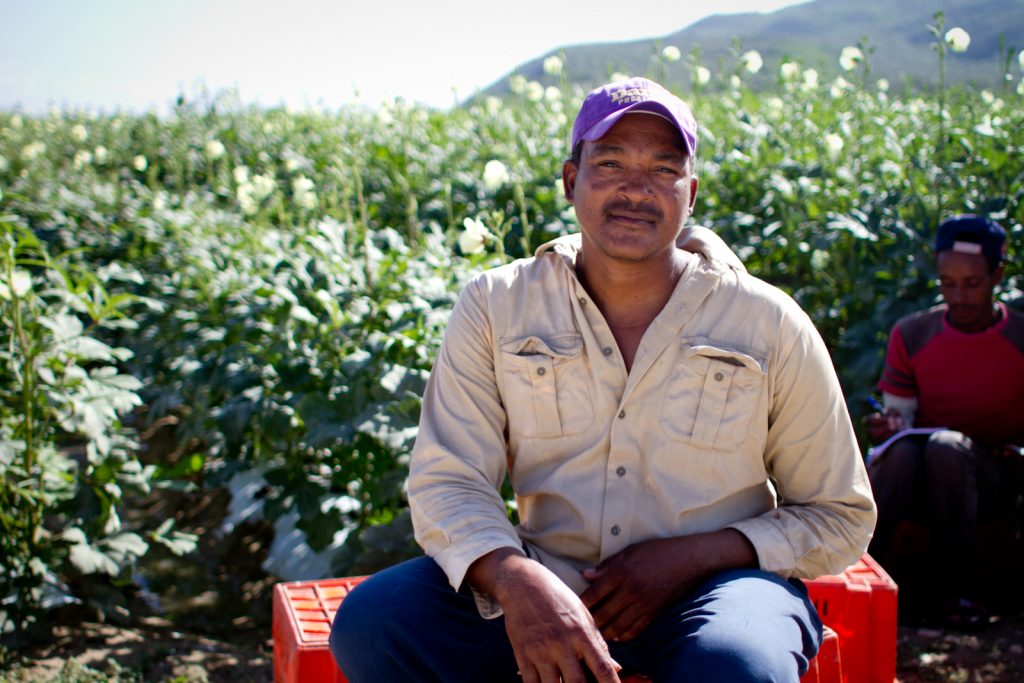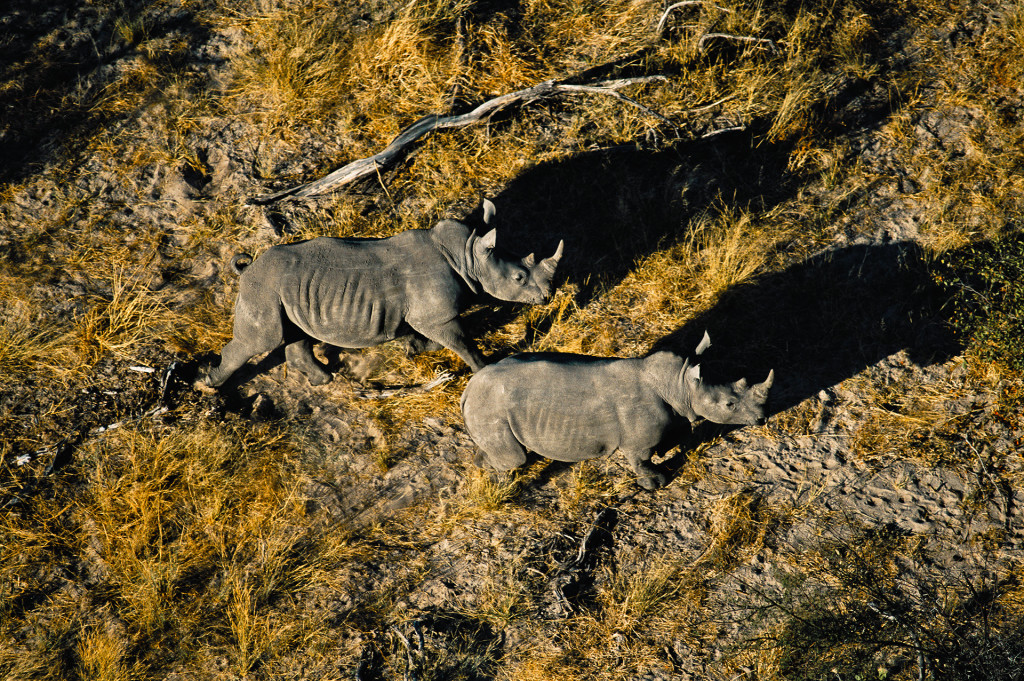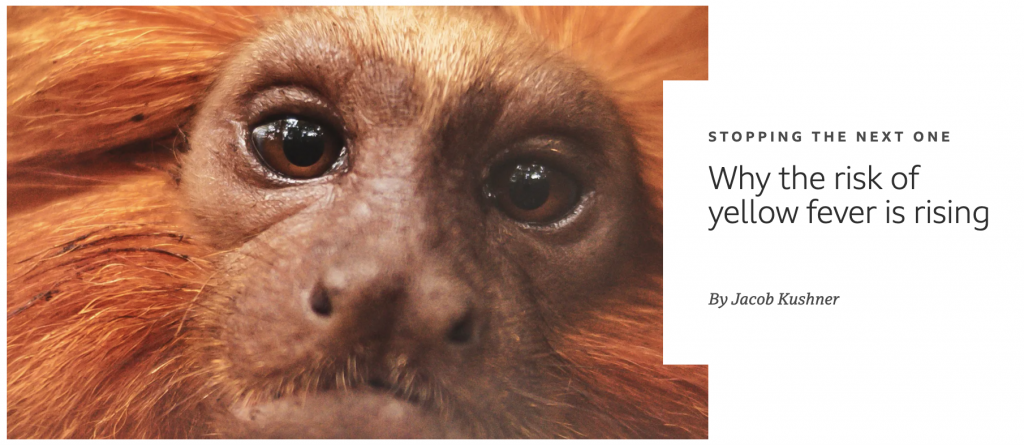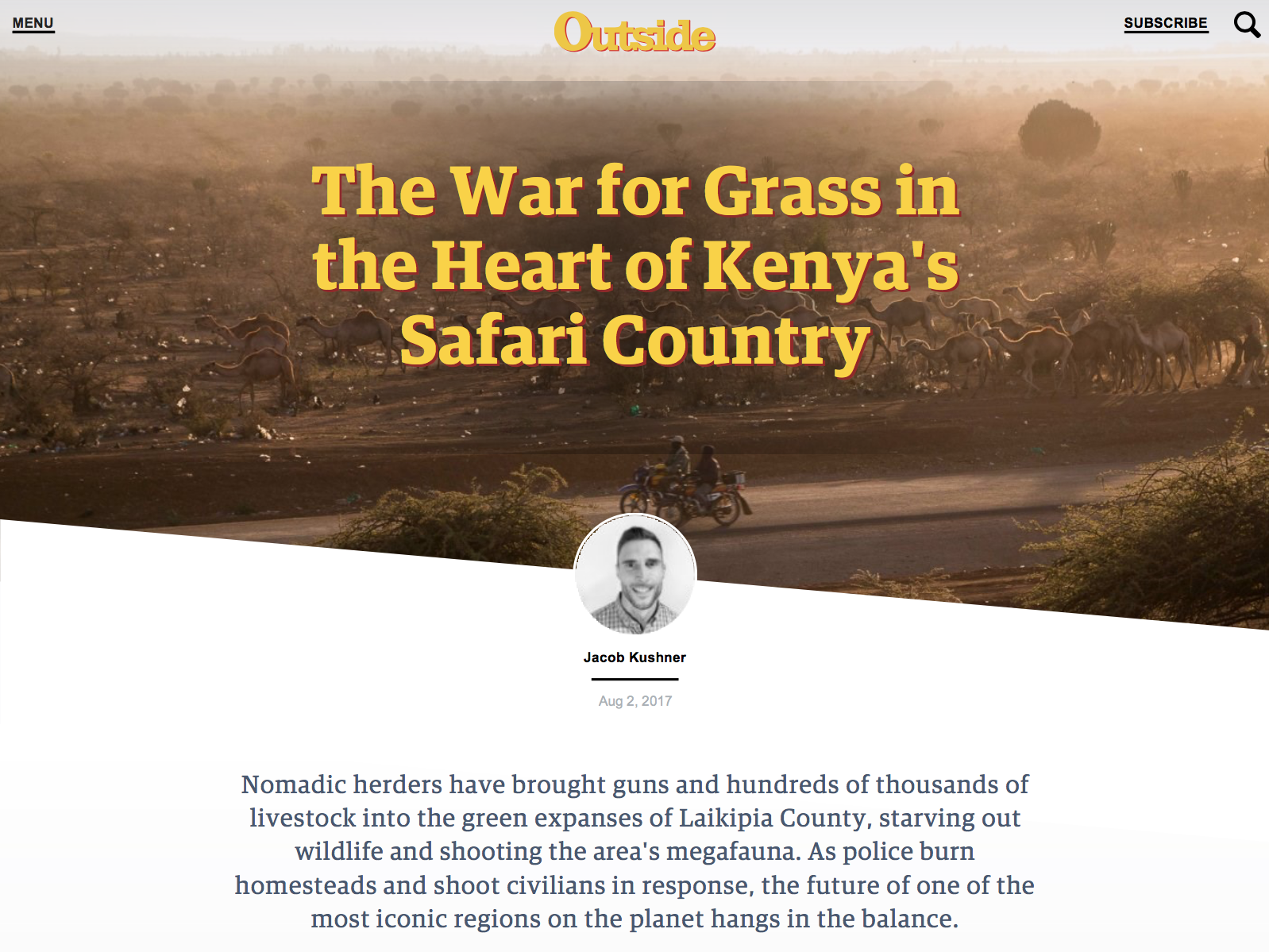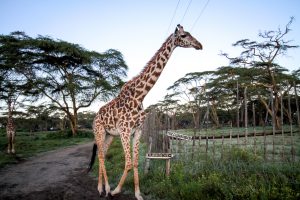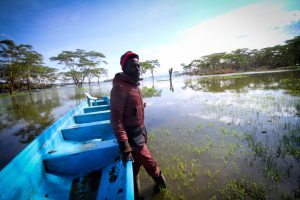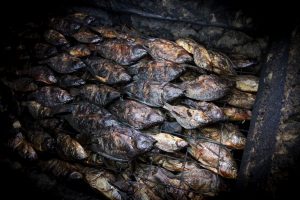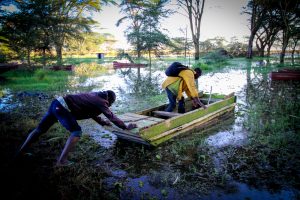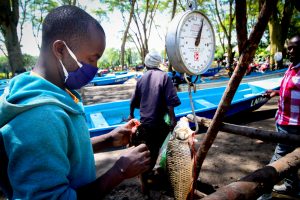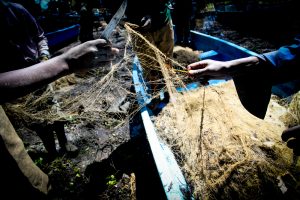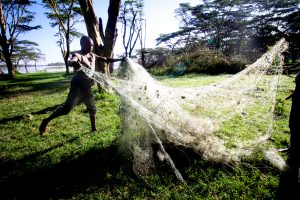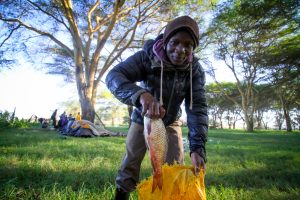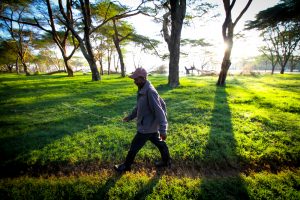A guide for journalists: How to report on human-wildlife conflict. Tips from the writers, editors and filmmakers who do it best.
wildlife
The Relentless Rise of Two Caribbean Lakes
National GeographicIn Haiti and the Dominican Republic, the lakes are flooding farmland, swallowing communities and leading to deforestation, baffling climate scientists.
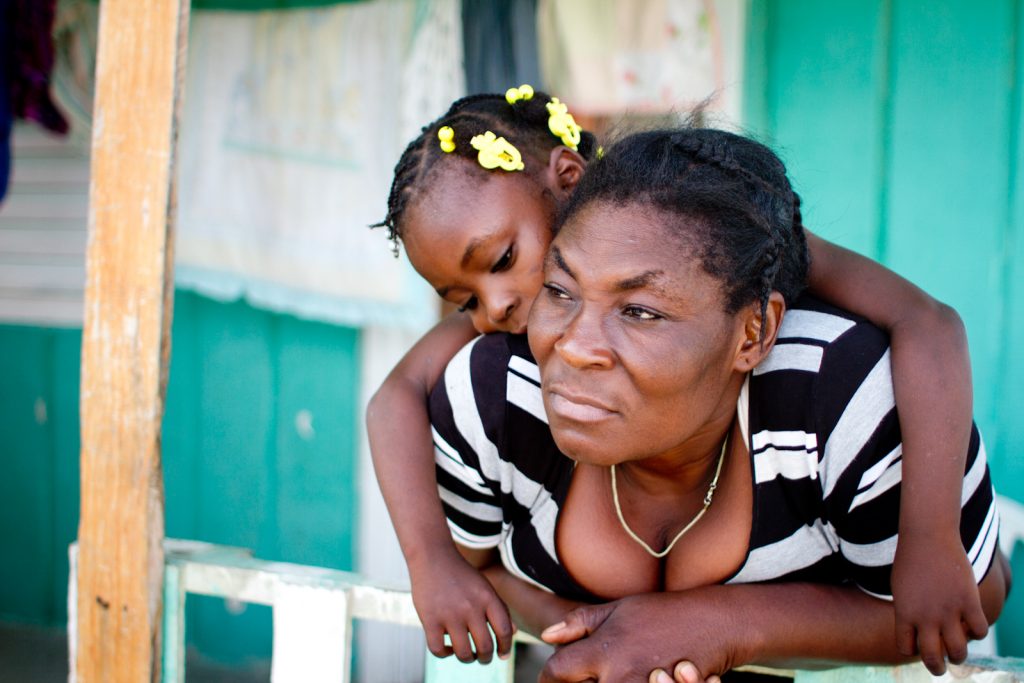
Jacob Kushner
Story and photos by Jacob Kushner for National Geographic
Resurrection Science
WIREDBiologists Could Soon Resurrect Extinct Species. But Should They?
“Until we make space for other species on Earth, it won’t matter how many animals we resurrect,” writes M.R. O’Connor in her book Resurrection Science. “There won’t be many places left for them to exist.”
“Paradoxically, the more we intervene to save species, the less wild they often become.”
Read: WIRED
Railway Splits Kenya’s Parks, Threatens Wildlife
National GeographicAs dawn breaks, nine Kenya Wildlife Service rangers dressed in camouflage and brandishing rifles assemble at an airstrip. They are equipped with a Cessna, a helicopter, and a caravan of Toyota Land Cruisers. Their mission: find, tranquilize, and collar Tsavo’s savanna elephants to see how well they traverse a new rail line that has recently split their habitat in two. It is the first time in history that elephants are being collared specifically to study how they interact with human infrastructure.
Vaccinate the Monkeys.
BBCThat’s how to prevent the next pandemic–if these scientists are right.
Move over, Covid-19. Another, far more lethal disease is in danger of erupting once again. Yellow fever infects some 200,000 people and kills 30,000 of them each year–more than terrorist attacks and plane crashes combined. Stopping the next outbreak from jumping from monkeys to humans may require a novel approach: vaccinating our hairy, banana-loving brethren.
Part of our BBC Future series, Stopping The Next One, with Harriet Constable and The Pulitzer Center.
Read: BBC
Trouble at the Lake
National Geographic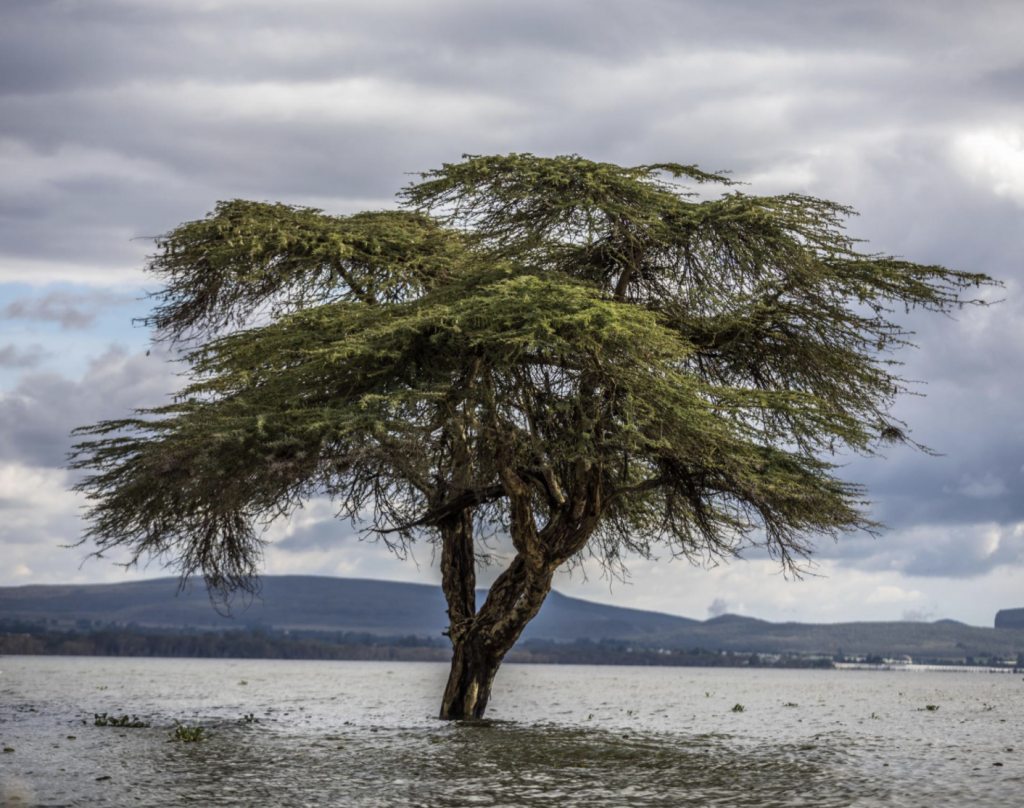
Human-hippo conflict is exploding in this pristine patch of Kenya
Floods and the economic fallout from COVID-19 are pitting hungry fishermen against hungry hippos—with deadly results.
Read: English | Spanish | Portuguese
Photos by Brian Otieno.
The War for Grass in the Heart of Kenya’s Safari Country
Outside MagazineLaikipia is located in central Kenya in the heart of the Great Rift Valley. It is home to one of East Africa’s largest concentrations of wildlife, from elephants to rhinos and buffalo to packs of wild dogs. An estimated 86,000 tourists visit each year to explore parts of the 32 vast conservancies and ranches that occupy a third of Laikipia County. Many adore Laikipia because it is so remote, situated far from the more popular safari parks that flood with tourists during the dry seasons.
Over the past seven months, however, the peace for which Laikipia is known has given way to a war over grass. A severe drought that began in the fall of 2016 caused nearly 3 million people in northern Kenya to need emergency food assistance. The lack of vegetation caused herdsmen to drive thousands of cows, goats, and sheep southward from nearby counties to where, quite literally, the grass is greener—on private conservancies and ranches.
“Pretty much every wild animal we have has been shot by these herders,” says Sean Outram, manager of Sosian Ranch. Packs of wild dogs—the most endangered large carnivores in East Africa—have been all but wiped out. Dozens of Laikipia’s estimated 5,000 elephants have died in the conflict, as have hundreds of buffalos. Fifteen elephants and at least 12 giraffes were killed on Sosian alone. “Anything that moves has been shot—some of it for the skins, some of it for trophy. Some just because they wanted to shoot it,” says Outram.
There may have been something deeper to the herders’ resentment. Many of Laikipia’s conservancies are owned and managed by white people—Kenyan descendants of British colonialists or immigrants from Europe and other African countries. People like Tristan Voorspuy. “The tribesmen who murdered Tristan Voorspuy saw not a farmer whose life had been spent in Africa and who provided employment for scores of local people, but instead just a rich, white interloper on a horse who challenged them on land they demand to claim as their own,” wrote Max Hastings, a former safari tourist of Voorspuy’s, in the Daily Mail. “Unless its government shows the will and means to restore peace to Laikipia, which means expelling this murderous throng of invaders by force of arms, the nation’s future stands at risk, and its priceless wild heritage faces the prospect of near-extinction.”
Read the feature story at Outside Magazine.
Mystery of the rising Caribbean lakes
Christian Science Monitor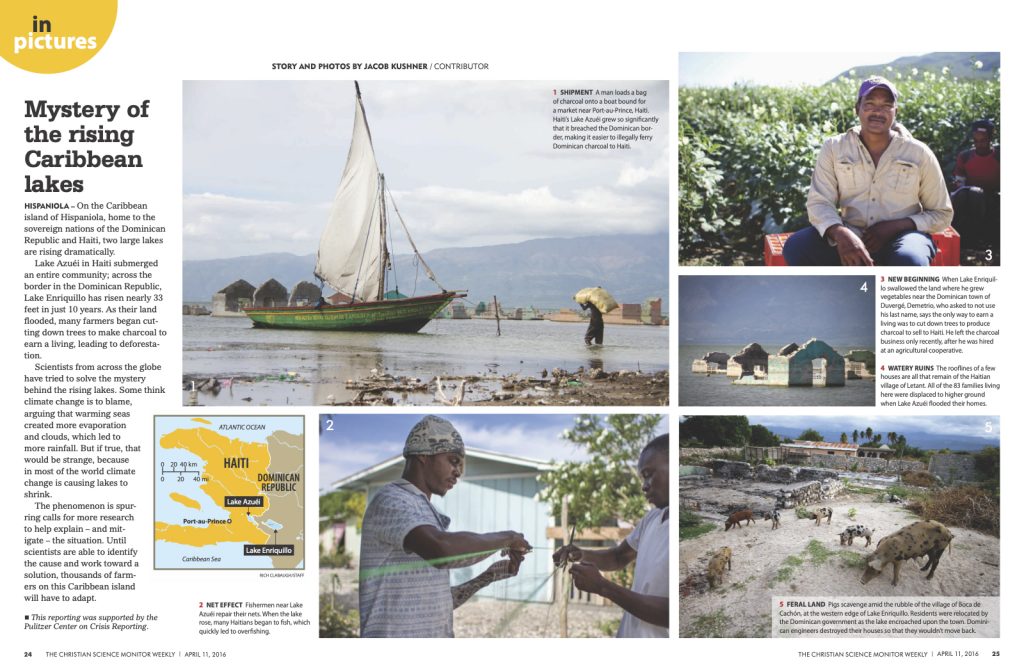
HISPANIOLA – On the Caribbean island of Hispaniola, home to the sovereign nations of the Dominican Republic and Haiti, two large lakes are rising dramatically.
Lake Azuéi in Haiti submerged an entire community; across the border in the Dominican Republic, Lake Enriquillo has risen nearly 33 feet in just 10 years. As their land flooded, many farmers began cut-ting down trees to make charcoal to earn a living, leading to deforestation.
Scientists from across the globe have tried to solve the mystery behind the rising lakes. Some think climate change is to blame, arguing that warming sea created more evaporation and clouds, which led to more rainfall. But if true, that would be strange, because in most of the world climate change is causing lakes to shrink.
 The phenomenon is spur- ring calls for more research to help explain – and mitigate – the situation. Until scientists are able to identify the cause and work toward a solution, thousands of farmers on this Caribbean island will have to adapt.
The phenomenon is spur- ring calls for more research to help explain – and mitigate – the situation. Until scientists are able to identify the cause and work toward a solution, thousands of farmers on this Caribbean island will have to adapt.
This reporting was supported by the Pulitzer Center on Crisis Reporting.
In Kenya, residents are coming face to face with the wildlife that preceded them
National Geographic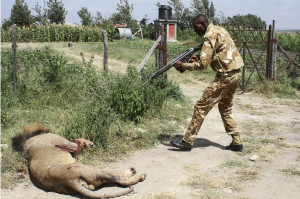
A Kenya Wildlife Service ranger shoots Mohawk lion after he injured a person. Mohwak left Nairobi National Park and wandered south into the town of Isinya.
PHOTOGRAPH BY AFP/GETTY
NAIROBI, KENYA — First, a lioness ventured into the city as a decoy to draw officials away from her cubs that were lost in an army barracks.
Then, just weeks later, a pride of six lions breeched a fence into a pasture killing as many as 120 goats and sheep. One lion lost his bearings and ended up on a major highway, injuring a man before finding his way back into Nairobi National Park, located adjacent to Kenya’s capital city.
Now, this week, a popular lion named Mohawk ventured some 20 miles (32 kilometers) south of that park only to be surrounded and harassed by onlookers. When he responded by attacking one of them, he was shot and killed by park rangers.
Why are so many lions leaving Nairobi National Park? Read the full story at National Geographic
Trouble at the Lake
National GeographicAt Lake Naivasha, Kenya, floods and the economic fallout from COVID-19 are pitting hungry fishermen against hungry hippos—with deadly results.
Preliminary photography for National Geographic. Feature story: Human-hippo conflicts are exploding in this pristine patch of Kenya.
